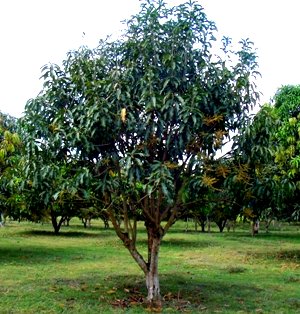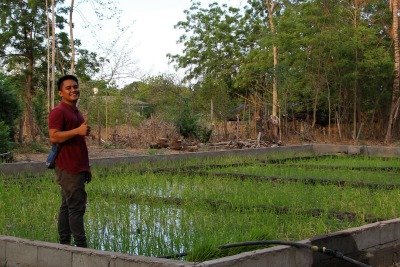This one particular coconut tree is my self-proclaimed Hall of Famer. The tree grows in my farm. Reckoned from the time the former owner acquired possession of the property, the tree is likely about 20 years old. The variety, though, is unknown.
This coconut tree is a prolific producer of medium-sized fruits, commonly called nuts, although no fertilization has ever been done. In August 2018 one bunch naturally dropped and found to contain 26 mature nuts. This was followed soon by one bunch with 24 nuts. The average was 25 per bunch.


